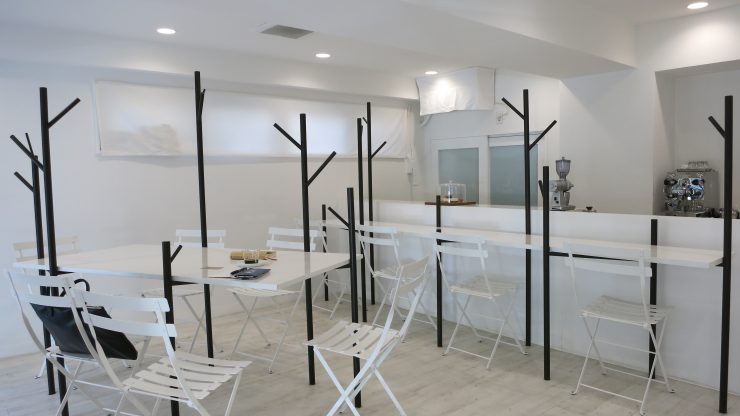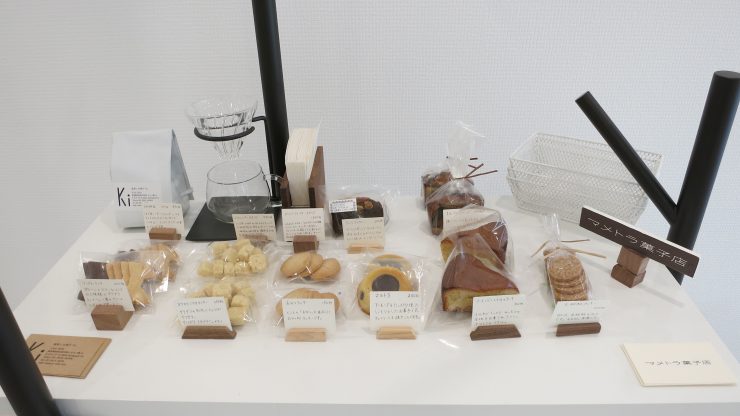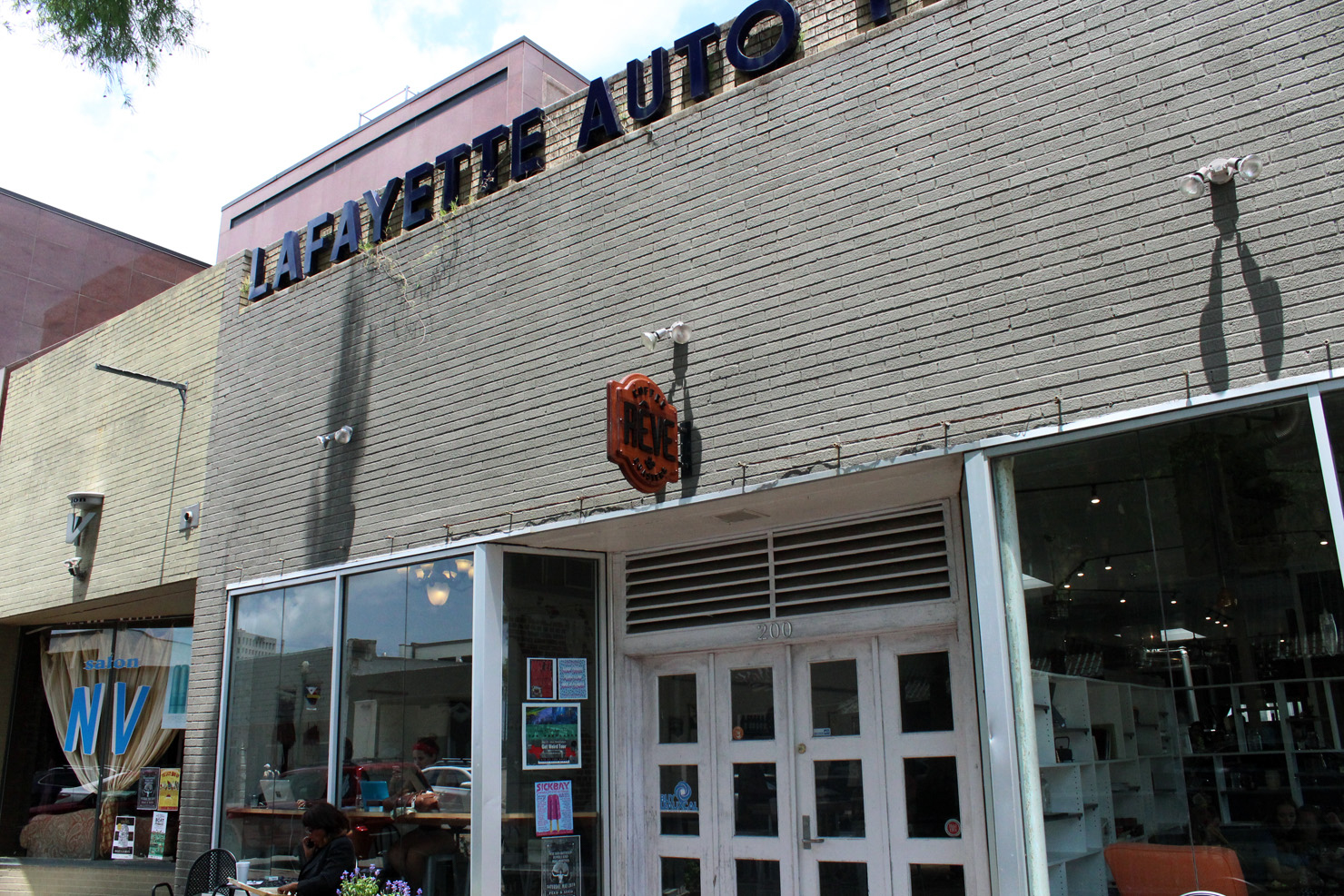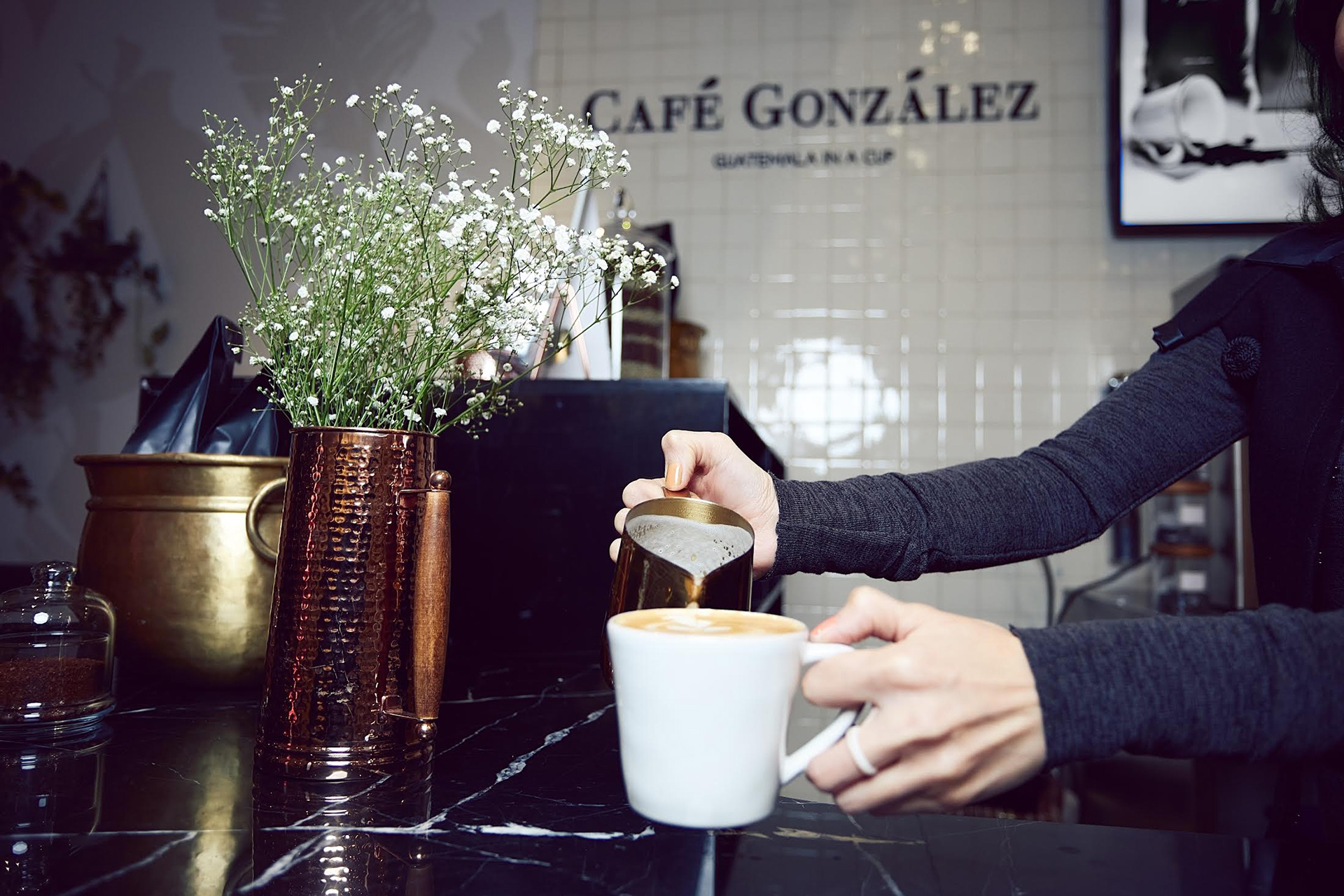
Setagaya-Daita is a portrait of neighborhood Japan. Forget the busy streets and nonstop bustle of Shibuya and Shinjuku—this is a slice of quiet, everyday life.
I’ve always liked these spots, their relaxed nature, and the little pockets of personality in the shops and houses that make these neighborhoods unique. I like that a short walk from Setagaya-Daita station you’ll find a beauty salon named Woop, near an izakaya restaurant for Okinawan cuisine. I like that it’s home to a woodworking atelier that might or might not sell stuff, but nobody minds either way.
And I like that Setagaya-Daita has space for a coffee shop like Ki Cafe.

Ki’s simple white facade is easy to miss, with a small chalkboard detailing the menu and opening hours (“13:00 to about 19:00”), a smaller sign, and a few windows.
But when you enter, it feels like a refuge, a space for getting lost in a special kind of forest.

Owner Yuko Katayama opened Ki three years ago, in the empty space in front of the Mametora Kashiten patisserie. She had an image of a cafe like a quiet, white forest, so she had a friend make some uniquely designed tables complete with “trees” that customers can use as hangers on a visit.

“The trees are black now, and a bit plain when nobody is here,” she says, “but I like that people bring the seasons in with them when they visit: they hang their hats and bags in summer, and their coats and beanies in winter, that kind of thing.”
Katayama is shy and bashful, but her smile has a genuine warmth. She says her father made coffee in the morning—brewed hand-drip—and it was a part of the morning routine. Because of this, she says, coffee is woven into the fabric of her life; she’s just always liked it. She likes the way it fits the needs of the drinker, that it energizes as easily as it relaxes.
There’s a particular kind of laid-back feel to Ki Cafe that’s often hard to find in the city centers, as though time has slowed by a half-second. Maybe it’s because the owners—one making sweets, one making coffee—are content to make their own pace of life, in a space of their own.

As Katayama brews a cup of coffee—a blend courtesy of 27 Coffee Roasters in Chigasaki—I flip through a book sitting on the table: Nikkicho, or “diary.”

“The Nikkicho started as a guestbook for the art exhibitions we sometimes hold here,” Katayama says. “I started it with that intention, but after a few days a friend of mine started writing a diary, and the people who came next simply followed suit. It just grew into that, so I kept it that way.”
This is my favorite part of visiting Ki: sitting quietly, sipping at coffee, eating homemade sweets, and flipping through pages of little stories and snapshots of local life as written by other visitors. I think for a moment, then write a little story of my own, and close the book.

Stepping back out into the street, it feels strange to listen once again to the distant sounds of passing cars and nearby trains, and to know I’m heading right back into the middle of it. At the same time, it’s nice to know there are pockets of respite here, if you know where to find them.
Little forests of quiet, just waiting for visitors and their stories, and hoping to serve them coffee.
Hengtee Lim (@Hent03) is a Sprudge.com staff writer based in Tokyo. Read more Hengtee Lim on Sprudge.

























